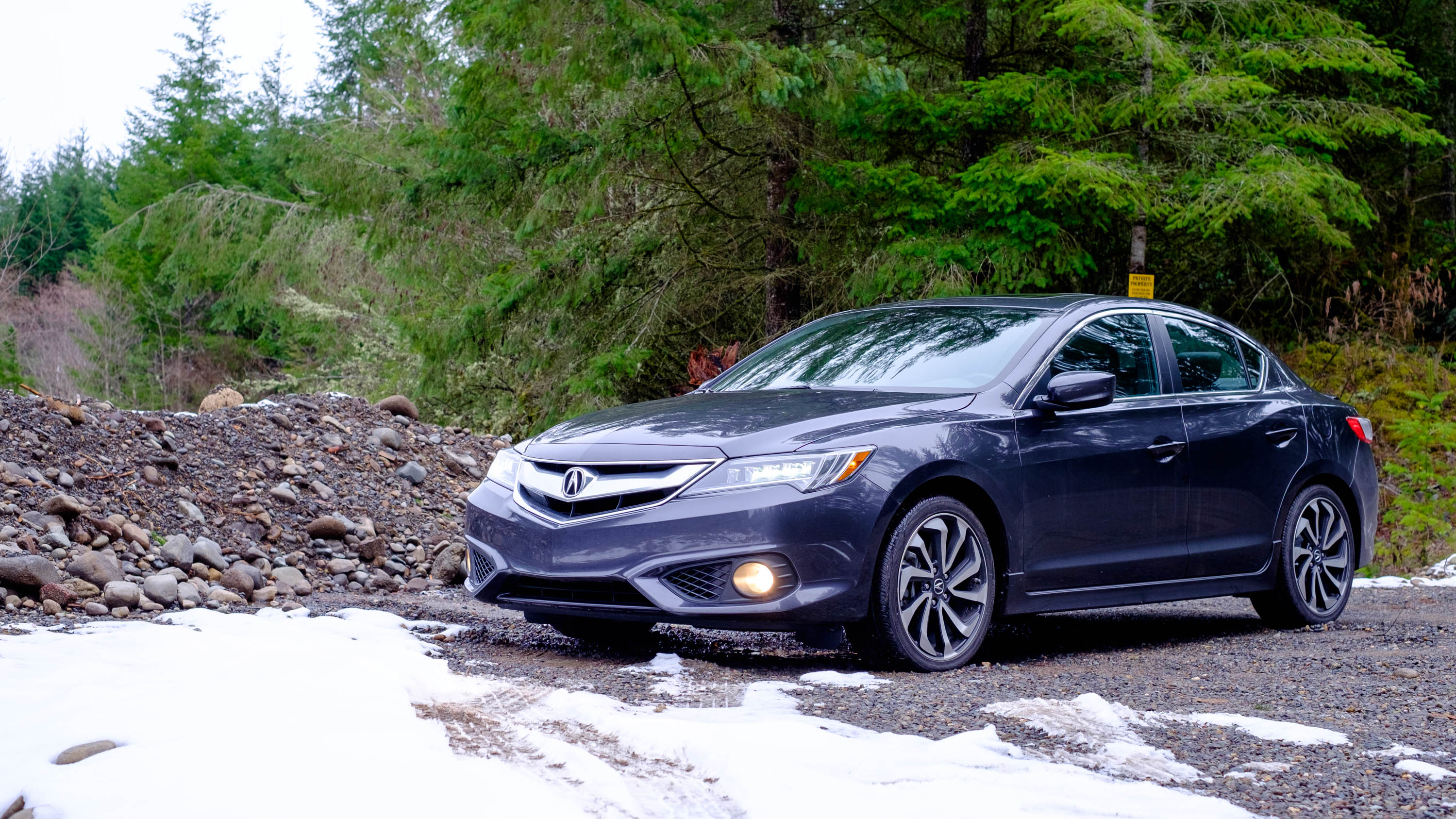Why you can trust TechRadar
Acura leaves me conflicted about the ILX. If the car came out around 2010, I'd be all over it. But the mainstream brands stepped up with more technology, better interior materials, more enjoyable driving dynamics and styling to match. The lines between mainstream, premium and luxury cars have blurred, and it's hard to distinguish the different classifications nowadays. The ILX has a tough, uphill battle on both sides of the fence.
We liked
I find the ILX's looks to be quite striking. It has an aggressive front end, with subtle curves that look classier and more sophisticated than the mundane Honda Civic. Acura may have simply dressed up the previous generation in a suit and tie, but it genuinely appeals to me.
A major part of the sharp looks come from the restyled, Jewel Eye LED headlights, an Acura styling trademark. The lights aren't just for show: they're extremely bright and light up the entire road at night as bright as day.
Acura's LKAS technology gives it a leg up among mainstream compact cars and keeps it competitive with the Mercedes-Benz CLA. The technology is reliable when engaged and actively steers the car at highway speeds.
I've yet to drive a Honda or Acura that I didn't enjoy. The Acura ILX is no exception and very enjoyable to drive. Steering is precise, despite employing an electronic power steering system, the drive-by-wire system is responsive, and the chassis responds well to curvy roads. The high-revving, 2.4-liter motor and 8-speed DCT brings everything together harmoniously.
The car doesn't feel fast but it manages to make the run through a quarter mile at 14.7 seconds, which isn't slow either. The ILX performance puts it squarely between compact cars and hot hatches, and that's not a bad place to be for a daily driver.
We disliked
As enjoyable as the car is to drive, the infotainment system is simply awful. The situation is made worse when a similarly priced Honda Accord offers a better system with Android Auto and Apple CarPlay. Acura needs to abandon its proprietary dual screen system that is clunky and inconsistent to use.
You can get used to it after some time, but hopping into anything from Hyundai, Kia, Volkswagen and even Honda shows how far ahead the competition is for intuitive and simple user interfaces.
The ACC system in the ILX isn't a system I trust for driving in traffic. When there's free flowing traffic on the interstate, it's fine, but I had too many close calls attempting to trust it on highways within the city. The aggressive acceleration and panic-inducing late-braking aren't things I want to put faith in with my family in the car, which defeats the purpose of ACC.
Final verdict
Again, if the ILX came out 2010, it would have been an amazing, class-leading premium compact car. It is a car I would've considered purchasing when I was car shopping in that era. Back then, mainstream compact cars were bare, without driver assists and cheap interior materials. Plus, the unintuitive infotainment system would've fit right in with other 2010 luxury car makers.
However, the current crop of mainstream compact cars boast driver assist options, finer interior materials and intuitive infotainment systems, which makes the more expensive Acura ILX a tough sell. Acura has neither the brand cache of Audi, BMW, Lexus or Mercedes-Benz nor much to offer more over the mainstream Chevrolet, Honda, Hyundai, Kia, Mazda, Volkswagen and other brands either.
The Acura ILX is a stylish car that's enjoyable to drive, but the infotainment system makes it hard to live with. And sadly, this luxury vehicle doesn't offer enough over a mainstream compact car to command the $6,000 premium either.
